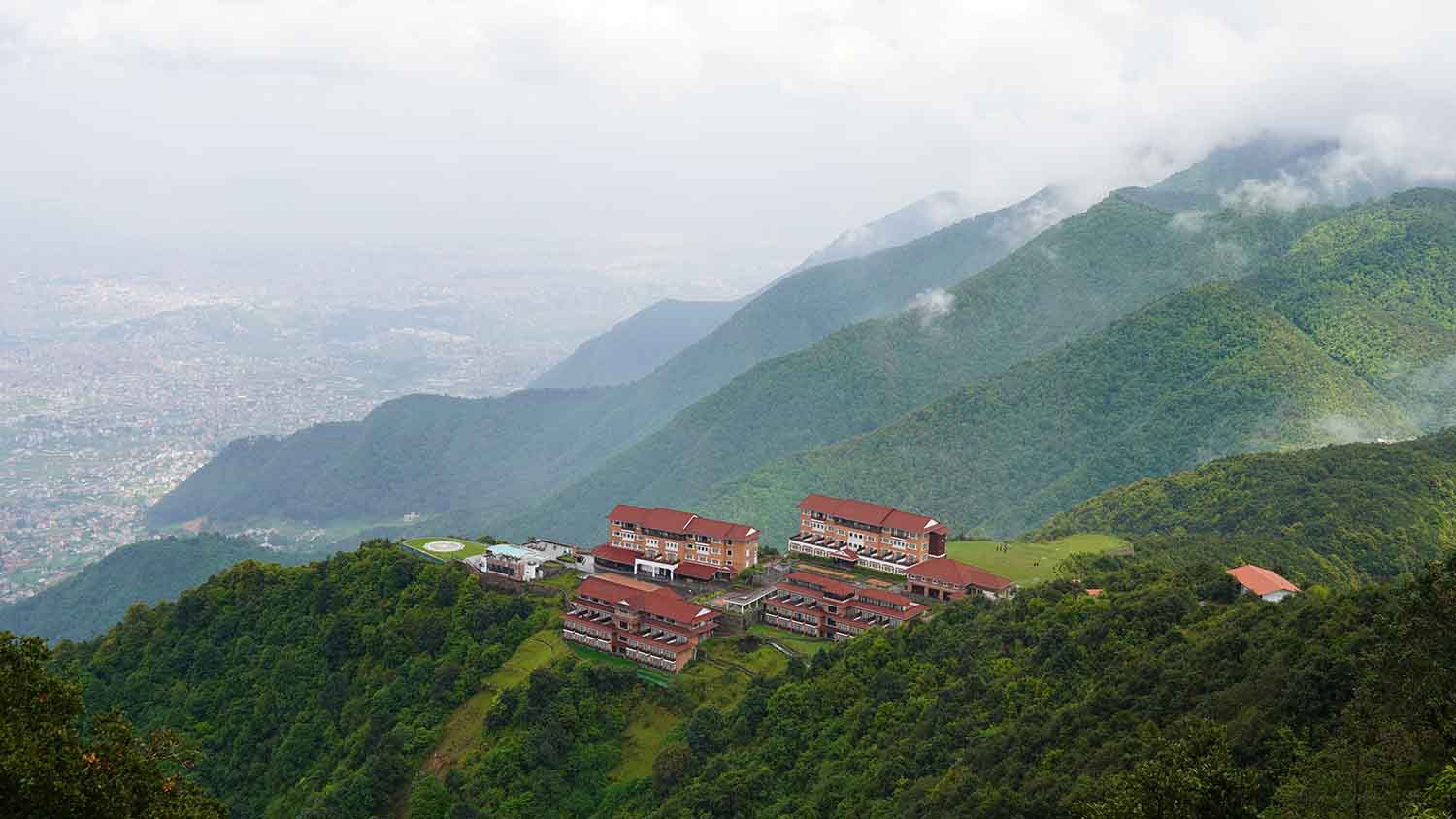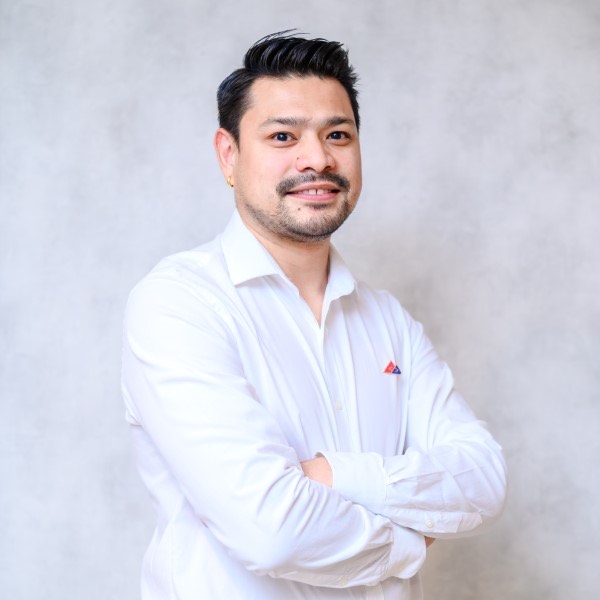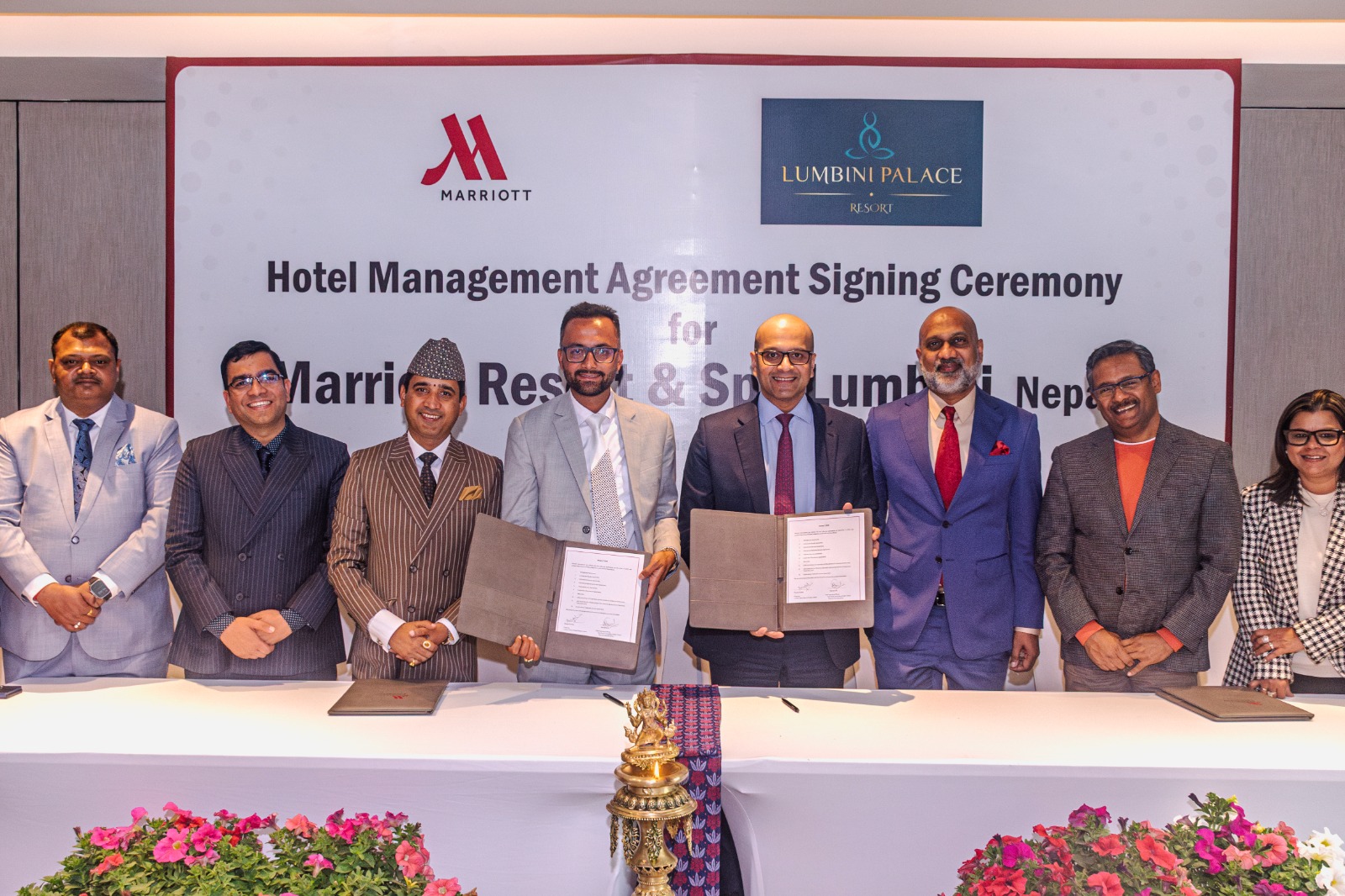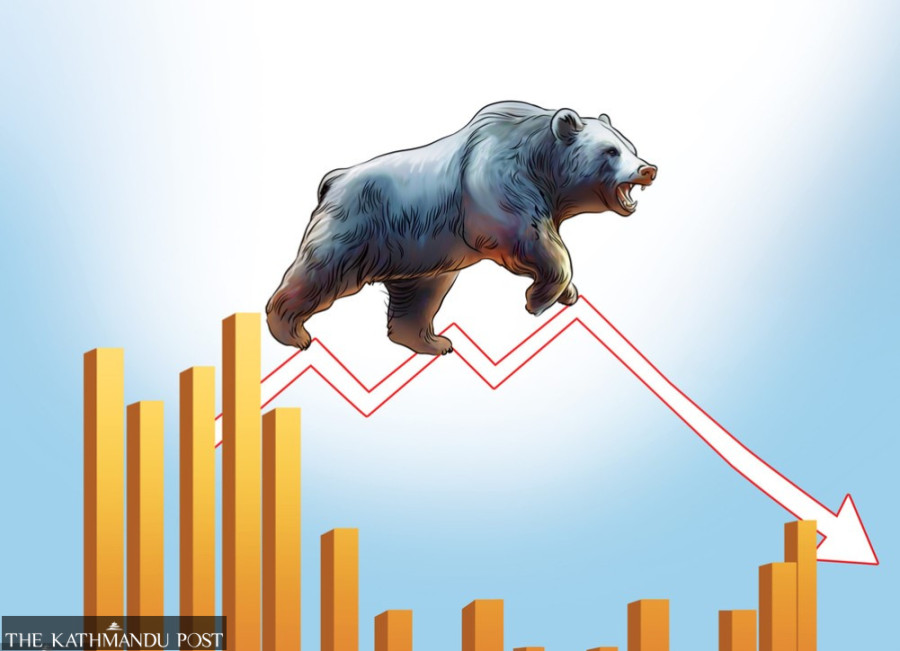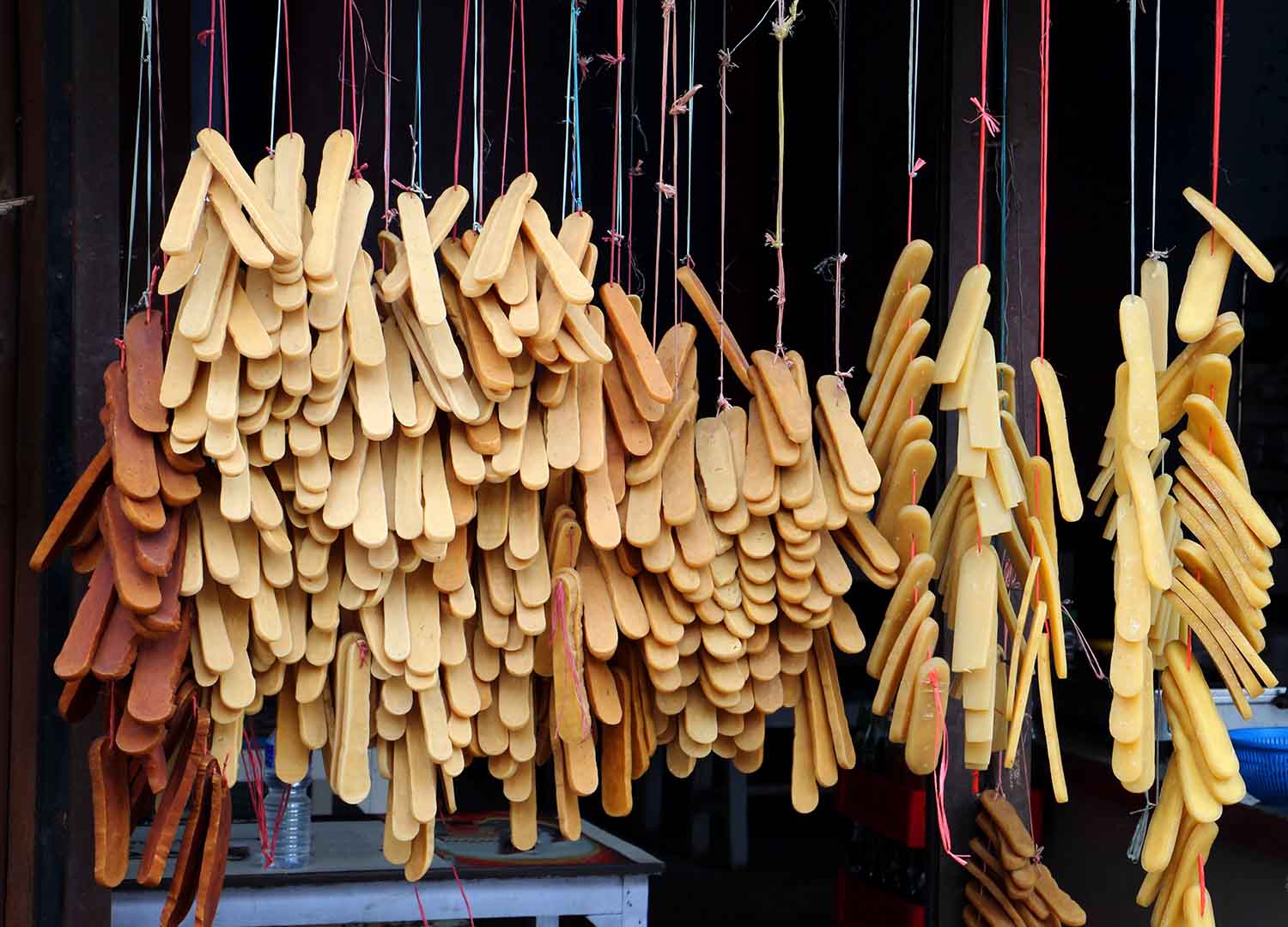Money
Ghalegaun: The village that dreamed itself into the future
Ghalegaun celebrated a silver jubilee of its success as Nepal’s model village for tourism. It has grown from a remote village into a shining symbol of what’s possible when a community acts on its dream.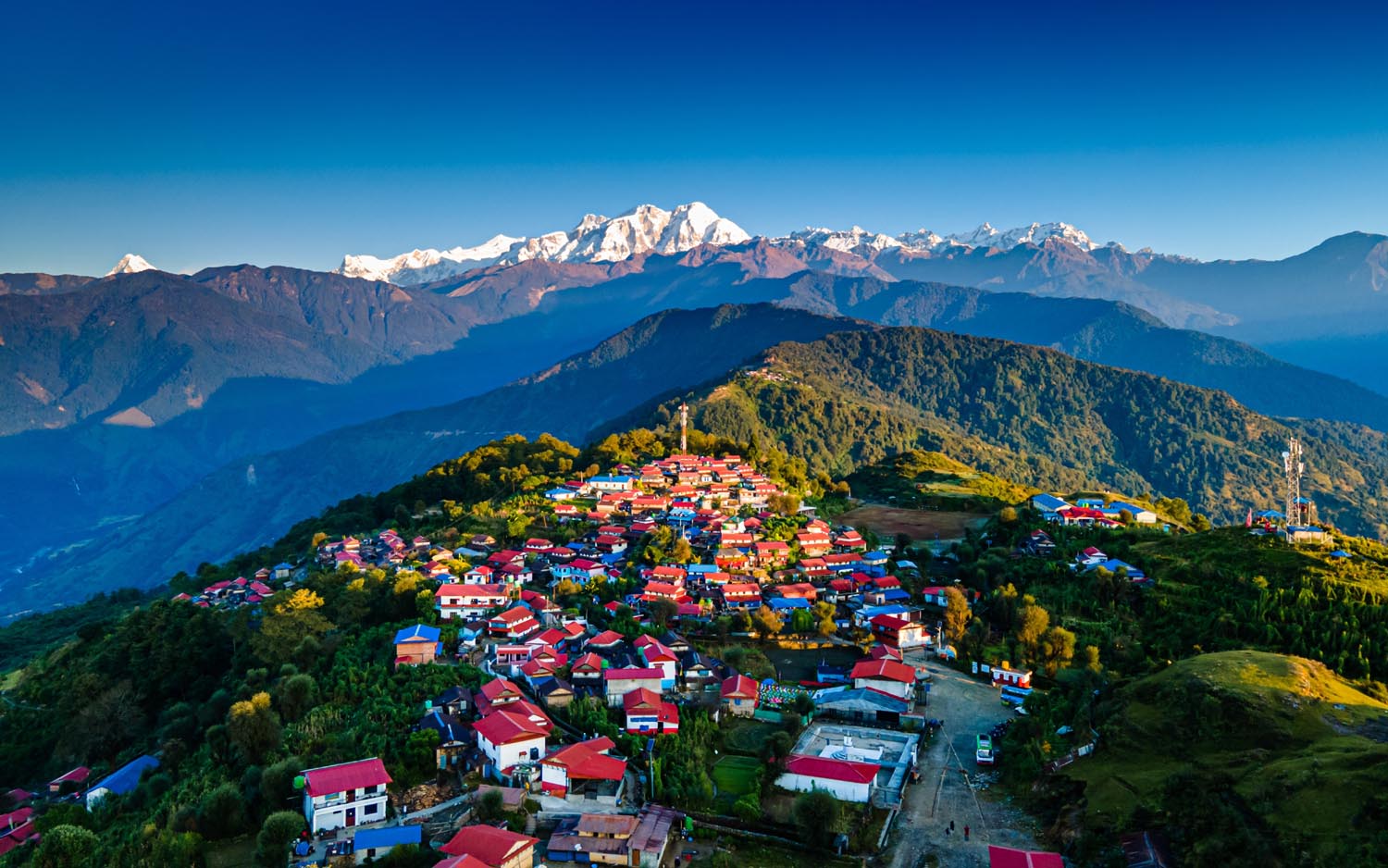
Aash Gurung
Nestled in the lap of the Himalayas, where the Midim and Marsyangdi rivers whisper in the valleys, lies a village that has endured the times—Ghalegaun, in Lamjung.
What was once a quiet settlement where villagers rose with the sun and worked the earth with hoes and baskets is now a hub of rural tourism and community-driven progress.
Not long ago, the people of Ghalegaun led a life that reflected the simplicity of the land.
Days began with golden sunlight spilling over silver-topped peaks. Men and women carried loads on their backs and disappeared into the fields. Leaves were used for covering, and open defecation was the norm, always with their backs to the mountains.
But Ghalegaun has changed—and how.
Today, the village stands proudly with roads, electricity, safe drinking water, communication systems, education, and health services. The same leaves once used for daily needs are now woven into garlands sold to visitors.
Parks have replaced open spaces once used as toilets. Tourists now stand on those same spots with cameras in hand, marvelling at the beauty of Ghalegaun, often exclaiming, “Wow!”
Much of this transformation began around 1999, sparked by a simple idea from a local named Prem Bahadur Ghale. His vision was bold: invite visitors to the village, serve them “dhindo”, a unique and traditional Nepali food mostly eaten in villages, and charge money.
Most villagers laughed, dismissing him as foolish. But he had tapped into something powerful—the idea that wealth didn’t need to come from abroad.
“Money grows in our stones, soil, dhindo and gundruk [fermented leafy green vegetables],” says Prem Bahadur proudly. People who once couldn’t find a penny earn handsomely by sitting around their hearths and welcoming guests.
Today, Ghalegaun has grown into what many call a ‘socialist-oriented village’—a concept long envisioned by Nepal’s communists.
Even the minister for communication and information technology, Prithvi Subba Gurung, hailing from the nearby Gilung-Taksar, calls Ghalegaun exemplary.
“It’s like the hen that lays golden eggs,” says the minister.
Now a part of Ward 3 of Kwholasothar rural municipality, Ghalegaun has become a brand. Over the last 25 years, the village has earned titles such as ‘rural tourism’, ‘homestay village’, ‘SAARC model village’, ‘smart village’, and 'happy village’.

The community recently celebrated the 25th anniversary of tourism development on the Nepali New Year on April 14, honouring local contributors like Ran Bahadur Gurung and Navaraj Ghale, as well as organisations such as the Nepal Tourism Board and the Annapurna Conservation Area Project (ACAP).
Ghalegaun has welcomed many visitors, from everyday Nepalis to dignitaries like former President Bidya Devi Bhandari and Prime Minister KP Sharma Oli.

According to local tourism supporter Umal BK, the village has not just built roads and homestays—it has nurtured a spirit of awareness, hospitality, and vision. Villagers now see opportunity, whereas once, they only saw struggle.
Ward Chair Asabir Gurung points out that traditional cultural performances such as Ghantu, Sorathi, Krishna Charitra, and Yalmi continue attracting tourists.
Organic food grown in the village, known for its rich flavour, adds another layer to the experience. Over 30,000 tourists visit every year, welcomed by 44 homes that serve as homestays.
To accommodate even more, three well-equipped hotels have recently opened. Young returnee migrant workers run many homestays.
As one such youth, Ganga Bahadur Ghale, says, “We saw our future here—and we never left.”
Tourism here isn’t just about views. It’s a lifestyle. The snow-covered peaks, the soft light of dawn and dusk, and the wind fanned by the rivers make Ghalegaon feel like a piece of heaven.

UML central committee member Jamindraman Ghale, one of the earliest supporters of the village’s tourism plan, calls it a paradise for rural tourism.
In 1997, when Jamindraman was elected chair of the then District Development Committee, he promoted tourism in several villages.
But Ghalegaun, he says, stood out. “It succeeded because of strong, local leadership.”
Chair of the Rural Tourism Management Committee Prem Bahadur Ghale recalls their humble beginnings, hosting the first official Ghalegaun Festival in April 2000.
Despite facing the Maoist conflict, an Indian blockade, Covid-19, and even floods and landslides, the village has pushed forward.
Ghalegaun was declared South Asia’s model village in 2008. Later, in December 2019, it was recognised as a Smart Village. The Village Tourism Promotion Forum awarded Ghalegaun as Nepal’s Best Homestay Village.
Now, at 2,100 metres above sea level and with 130 households, Ghalegaon continues to lead the way in rural tourism.
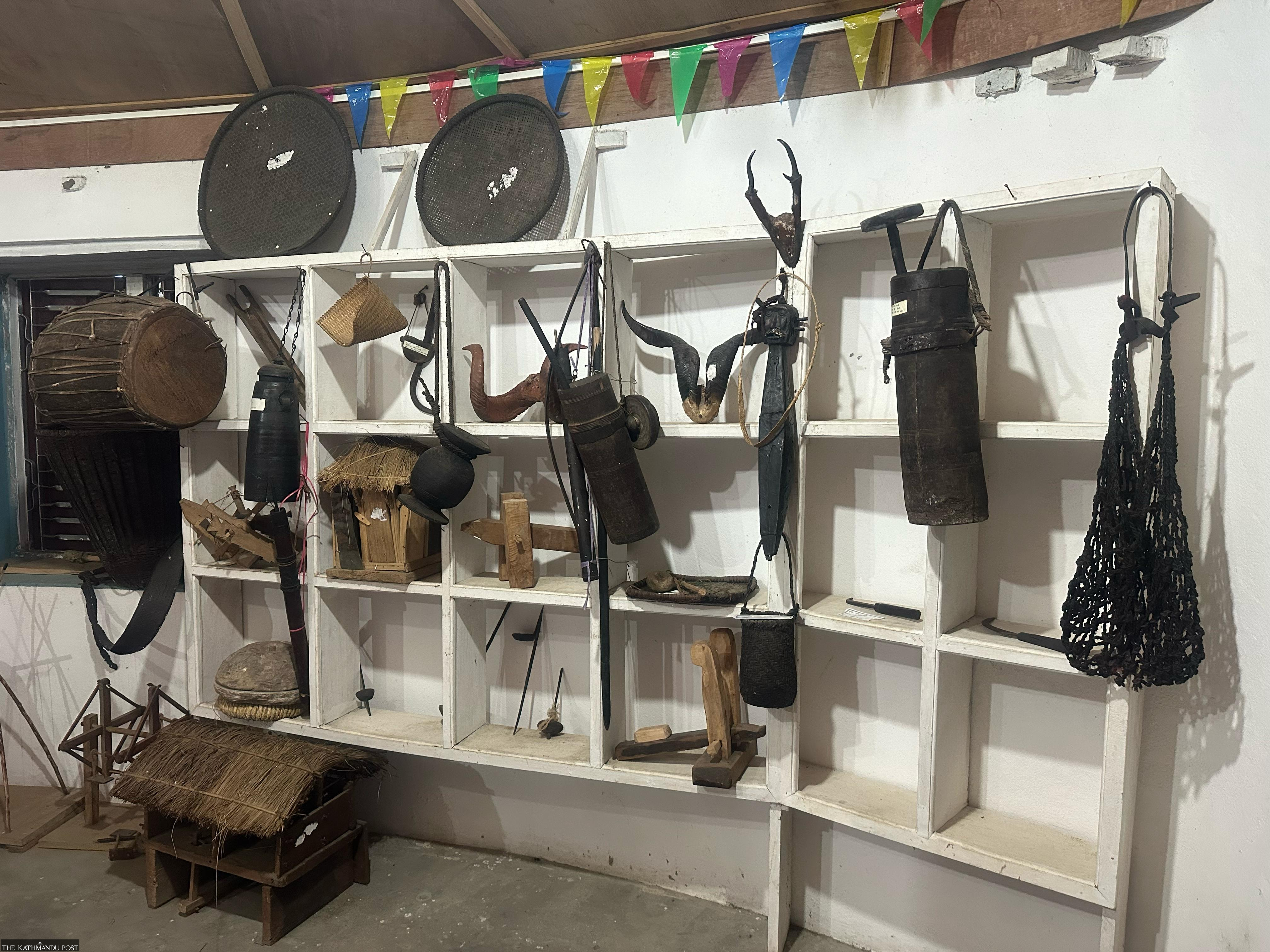
Once ruled by Ghale kings during Nepal’s Chaubise states (petty kingdoms ruled by the Thakuri kings) era, the village, believed to be around 800 years old, was initially called Koili in the Gurung language.
Its name comes from the Ghale kings and the predominance of the Ghale ethnic group. Statues and landmarks in the village still tell this story.
A statue of the last Gurung king, a traditional Gurung school known as ‘Khoibo’, a cultural museum, Gorkha Army Park View Tower, Swargabhumi Stadium, a basketball court, Uttarkanya Temple, and serene tea gardens.
Once it took a six-hour walk to reach Ghalegaun from Besisahar, the Lamjung district headquarters. Now, it’s just a 1.5-hour drive. From Kathmandu, the distance is 172 kilometres via Dumre and Besisahar.
From Pokhara, it’s 110 kilometres to Besisahar, then another 24 kilometres to Ghalegaun.
Trekkers can also reach it on foot from surrounding areas like Tanahun and Pokhara. It’s emerging as a promising alternative to the world-famous Annapurna Circuit Trek.
In 25 years, Ghalegaun has grown from a remote village into a shining symbol of what’s possible when a community dares to dream.
The villagers didn’t wait for help—they started with dhindo and gundruk and ended up building a model for rural development in South Asia.




 17.49°C Kathmandu
17.49°C Kathmandu.jpg)
